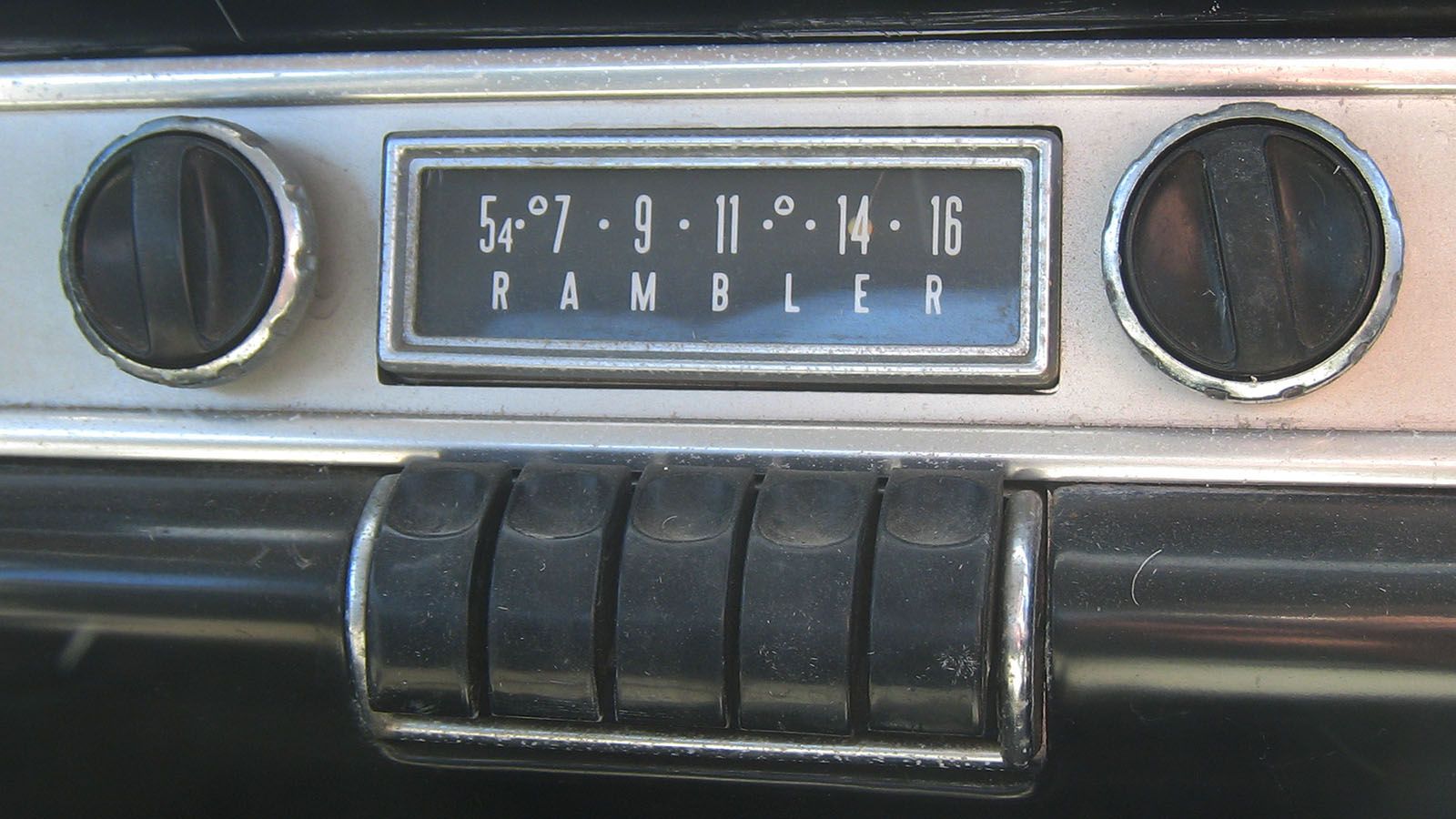
There has been a spate of stories lately about the manufacturers of electric cars not including AM radio in their dashboards because the vehicles’ electronics interfere with the signal, rendering it as inaudible as if you were constantly driving through tunnels. Naturally, companies that own AM stations are horrified at this decision.
Much of the lamentation over losing access to AM in the car is pure nostalgia, remembering baseball broadcasts or great disc jockeys or a voice in the middle of the night who kept you company as you drove. But the simple fact is that technology changes.
I don’t recall a big uproar when now-defunct retailers like Circuit City stopped selling radios entirely. My wife remembers growing up in a household where the kitchen radio was always tuned to the big AM station in the morning when she and her sisters were getting ready for school. Now, if there is a radio in the house, it’s rarely turned on.
The companies that used to make typewriters, fax machines, and rabbit ear TV antennas probably protested when their heyday was usurped by laptops, email, and cable. Know any switchboard operators? What’s the last time you called 411 for information? Time marches on.
I write this as a broadcaster who spent decades sitting behind the microphones of both AM and FM radio stations. To me, the delivery process was irrelevant — it was all about the content. If listeners didn’t find that compelling, it didn’t matter which broadcast band I was on. And with the advent of streaming in the last decade, it became even less important. And the sound quality is better, too.
For the most part, AM stations today appeal to an older audience, especially cranky old folks who listen to syndicated right-wing zealots to learn what they’re supposed to be angry about. Of course, conservatives claim the automakers are conspiring against them, and some GOPers will propose legislation (written by radio lobbyists) forcing all car companies to continue providing both AM and FM in the dashboard. They claim it’s a nonpartisan issue, that radio serves a greater purpose — except when they fulminate about defunding NPR.
Some AM owners argue that because their audience is older, they’re less likely to adapt to new technology like online audio. Nonsense. Streaming has been mainstream for over a decade. Senior citizens have smartphones — and grandchildren, who don’t even listen to radio, but can show them which buttons to push on the dashboard to tune into their preferred white supremacist radio hosts. That’s assuming that the feeble geriatrics portrayed in that scenario would even buy electric cars.
In big cities, some heritage AM stations still garner a decent share of listening, but more and more radio operators have moved that programming over to their co-owned FM stations and retained — even grown — the audience. I was part of such a change fifteen years ago when one of the stations I freelanced for, KIRO/Seattle, made that move. It hasn’t looked back since, because it continues to provide a compelling service to the community and thus get good ratings.
Many other broadcast companies have made the same decision, which they wouldn’t have if they hadn’t foreseen a bleak future for AM. Automakers are under no obligation to save it, any more than they are the cigarette lighter in the dash in an era when smoking has become much less commonplace.
